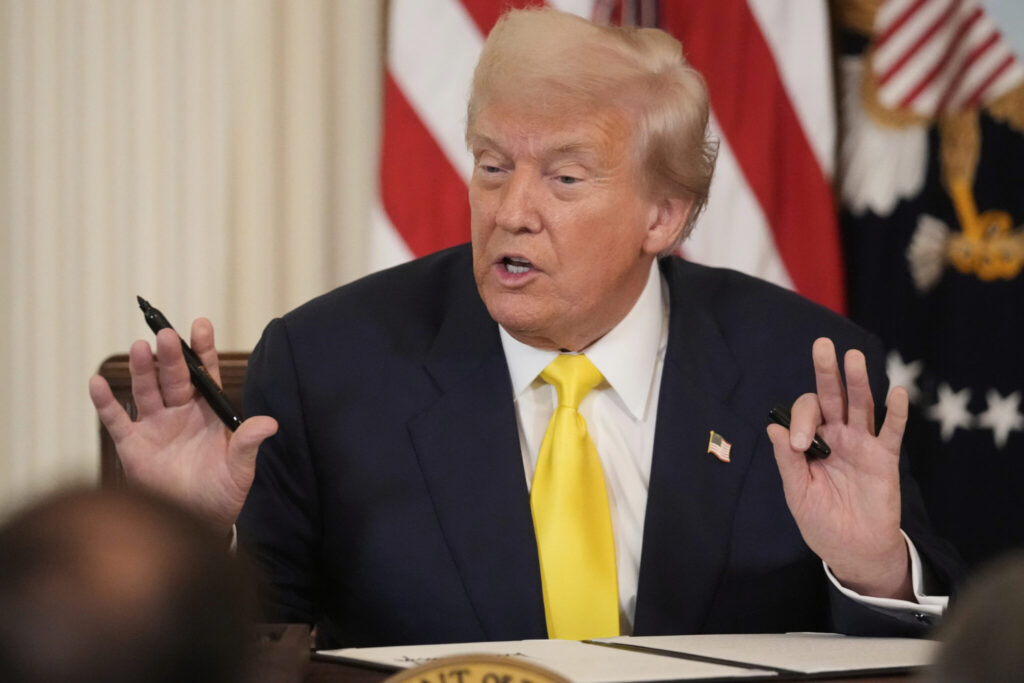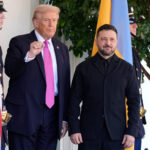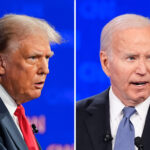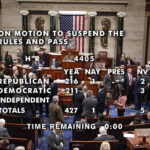Trump Uses Presidential Powers to Influence 2026 Midterms/ Newslooks/ WASHINGTON/ J. Mansour/ Morning Edition/ President Donald Trump is deploying presidential power in unprecedented ways to shape the 2026 midterms. Moves include pressuring GOP-led states to redraw districts, ordering DOJ investigations into Democratic fundraising, and attacking voting systems. Critics warn these efforts risk undermining U.S. democracy while Trump frames them as protecting election integrity.
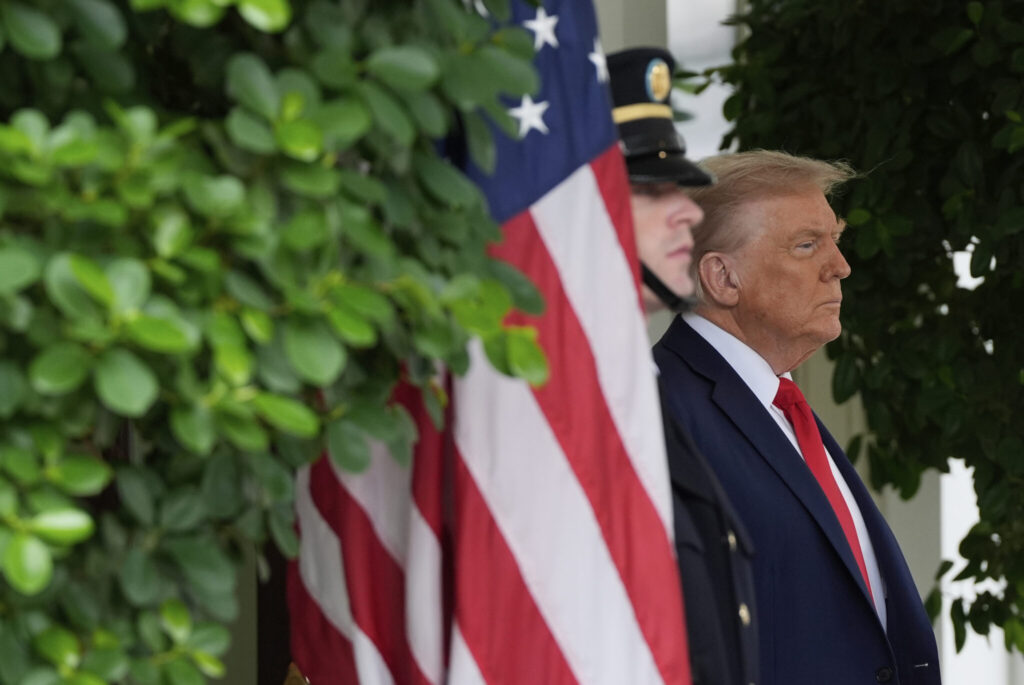
Trump’s 2026 Midterm Power Moves Quick Looks
- Trump presses GOP states like Texas, Indiana, Missouri to redraw maps.
- Push aims to create five new Republican House seats.
- DOJ ordered to investigate ActBlue, Democrats’ key fundraising platform.
- DOJ demands state voter registration lists from at least 19 states.
- Trump falsely calls for banning mail ballots and voting machines.
- Critics warn moves mirror authoritarian-style election interference.
- California Democrats launch counter-redistricting to offset GOP map gains.
- Trump allies push citizenship proof requirements for voter registration.
- DOJ threatens legal action against states refusing voter data.
- Analysts warn Trump’s 2026 strategy risks democratic norms.
Deep Look: Trump Leverages Presidential Powers to Shape 2026 Midterms
WASHINGTON — President Donald Trump has shown in recent weeks that he is prepared to use the levers of presidential power to help Republicans maintain control of Congress in the 2026 midterm elections.
While presidents traditionally campaign for their parties, Trump has taken the practice to new extremes — combining hardball politics, election-rule challenges, and direct executive authority to tilt the playing field. Critics say his tactics blur the line between political campaigning and authoritarian interference.
Redistricting Pressure Across GOP States
Trump’s first strategy has been to pressure Republican-run states to redraw their congressional maps mid-decade. In Texas, he has pushed lawmakers to create up to five new GOP-friendly districts despite Democrats’ objections. Similar lobbying is underway in Indiana and Missouri.
Republicans currently hold the House by just three seats, and Trump has been clear: he does not want a repeat of 2018, when Democrats flipped the chamber and later impeached him twice.
Texas lawmakers are expected to vote on a new map this week. California Democrats, meanwhile, are pursuing their own counter-redistricting plan to offset Republican gains.
Unprecedented DOJ Orders
Perhaps more striking than map-drawing is Trump’s direct use of federal law enforcement. He has ordered the Department of Justice to investigate ActBlue, the main Democratic fundraising engine, while notably avoiding scrutiny of its Republican counterpart, WinRed.
Additionally, DOJ officials have demanded voter registration lists from at least 19 states, threatening legal action against Democratic-led California and Minnesota if they did not comply. The Trump administration claims the data will be used to detect ineligible voters, though critics see it as a pretext for voter intimidation.
Targeting Voting Systems
Trump has also returned to his old grievances against election methods. In a recent social media post, he pledged to lead a movement to ban both voting machines and mail-in ballots, despite relying on early voting himself in 2024. He has repeatedly argued that mail ballots enable fraud, despite no credible evidence.
Earlier this year, Trump signed an executive order requiring proof of citizenship for voter registration and tightening other election rules, though courts have blocked portions of it.
Democratic and Expert Concerns
Election experts warn Trump’s efforts resemble tactics used in authoritarian regimes to entrench power. Ian Bassin of Protect Democracy called the steps “actions you don’t see in healthy democracies.”
Larry Diamond, a Stanford political scientist, likened Trump’s maneuvers to his own published “12-step process” for democratic backsliding, noting the final stage is manipulating elections themselves.
Critics also emphasize Trump’s history, pointing to his failed attempt to overturn the 2020 election, which ended in the January 6 Capitol attack. In his second term, Trump has filled his administration with loyalists, reducing the likelihood of institutional pushback.
Limited Presidential Power Over Elections
Despite Trump’s aggressive posture, legal scholars note his direct authority over elections is limited. The Constitution grants states — and to some degree, Congress — control over voting rules. University of Notre Dame law professor Derek Muller observed that presidents have few tools beyond federal investigations and political pressure.
Even so, Trump’s persistent attacks on election systems risk eroding public trust. Ann Jacobs, chair of Wisconsin’s Elections Commission, warned that Trump’s proposals are “an attempt to change voting going into the midterms because he’s afraid the Republicans will lose.”
Looking Ahead to 2026
While some analysts believe Trump’s threats may not materialize, others caution against underestimating his determination. With Republicans’ majority so slim, even minor shifts in redistricting or voter access could prove decisive.
As Trump frames his actions as protecting democracy — while critics see them as undermining it — the 2026 midterms are shaping up not just as a battle for Congress, but as a referendum on the state of U.S. democracy itself.

